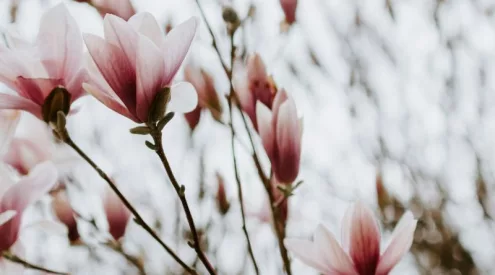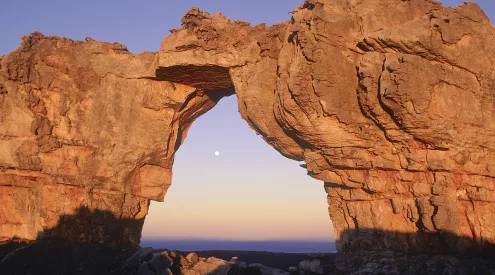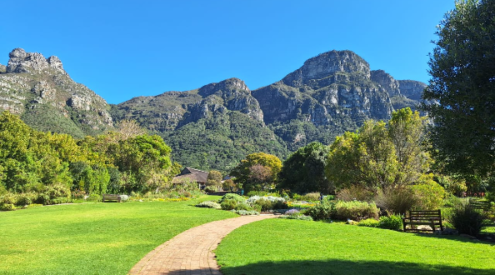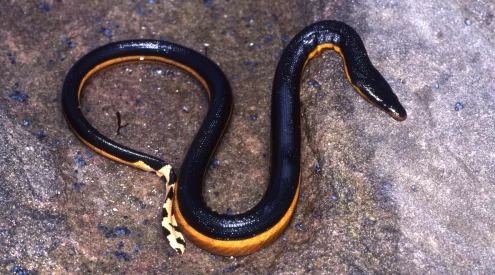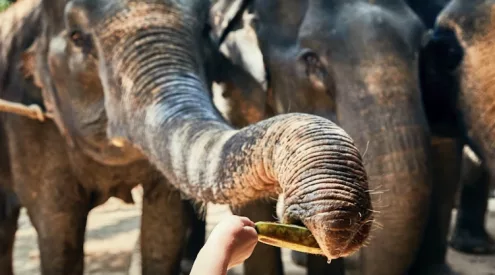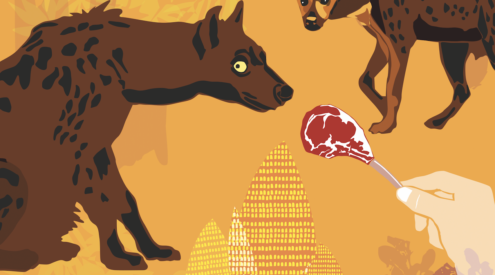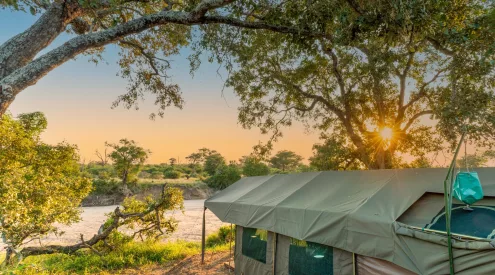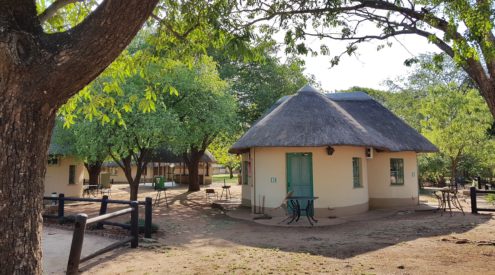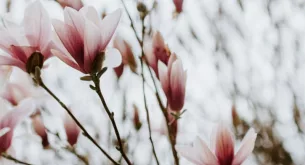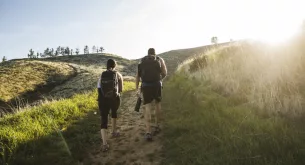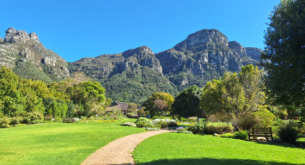The Kruger National Park is wonderful 365 days of the year, but it has a real sweet spot in April and May. Here are five reasons why the autumn months get our vote as the best time to visit Kruger.
1. It’s not so incredibly hot
February and March see the Lowveld reaching peak temperatures, sometimes topping 40 C. By April, the mornings and evenings have begun to cool while the days remain warm, averaging a toasty 26- 31 C. You might even catch the last few showers before the dry season begins in earnest in May.
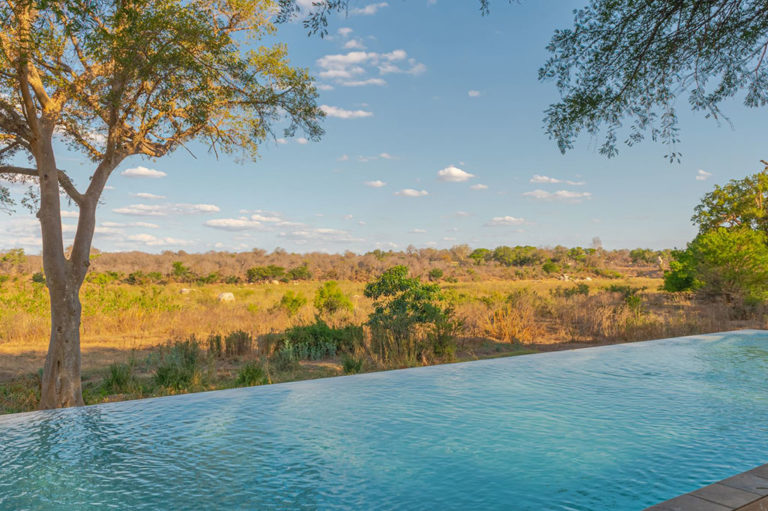
2. Game is easier to spot
With the change in season as the bush starts to turn from green to gold, it becomes easier to spot game as the vegetation thins out. It’s not as dense as it is in the middle of summer when everything is green, but it’s not as brown and barren-looking as it gets towards the end of winter.
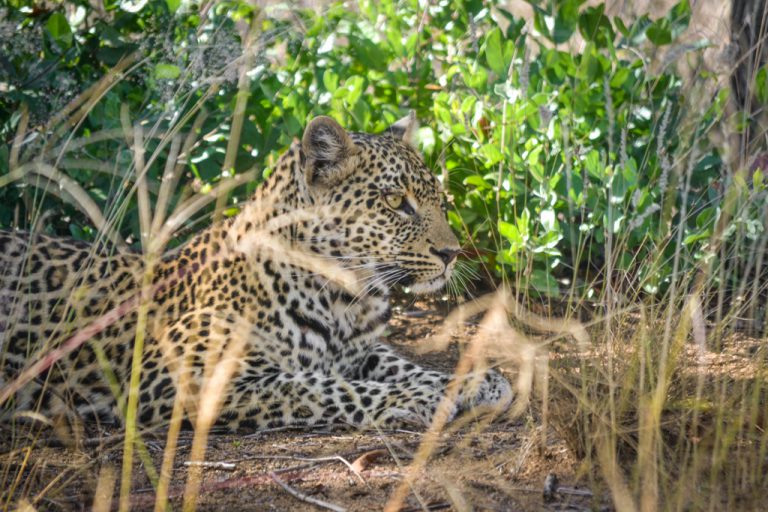
A small leopard lies under shady foliage in the Kruger National Park. Picture: Madeleine van Heerden.
3. It’s a great time for photography
At this time of year, the bush is in good condition and makes for beautiful photographs. The sun also sets a little earlier than it does in summer, so golden hour arrives sooner. Remember, gate opening times change in April, from 05:30am to 6am, but the gates remain till 6pm in the evening, leaving plenty of time to catch the good light.
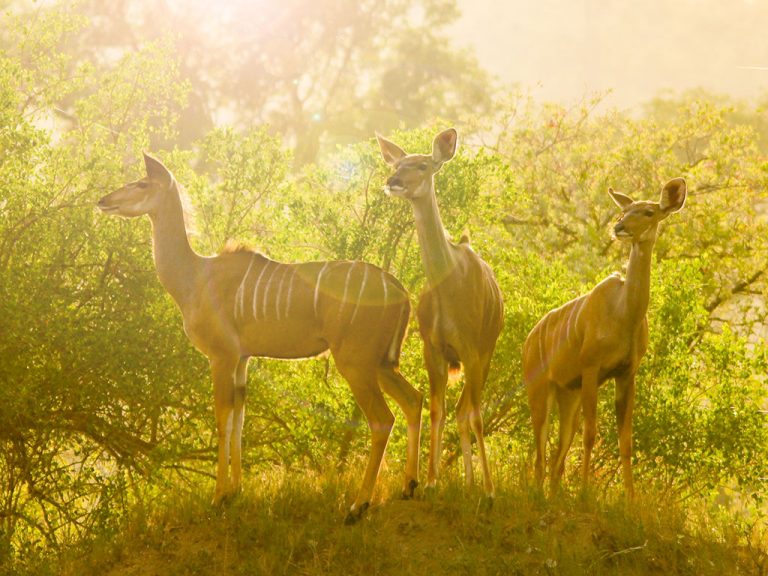
Kudu in Kruger National Park. Picture: Sarthak Navjivan.
4. The dams and rivers are still full
They might not be at maximum capacity but the dams and rivers still have water in them, which makes sitting in hides a great opportunity to spot game coming to drink. By late spring they have usually dried up.

5. There are fewer mozzies and bugs
One of the best parts of visiting Kruger is sitting on the verandah in the evenings, but insects can make this unpleasant in the summer when they are attracted, in huge numbers, to light. As the evenings cool down in April, mosquitos also tend to reduce in number as there is less standing water around the park, they don’t thrive in cold weather.
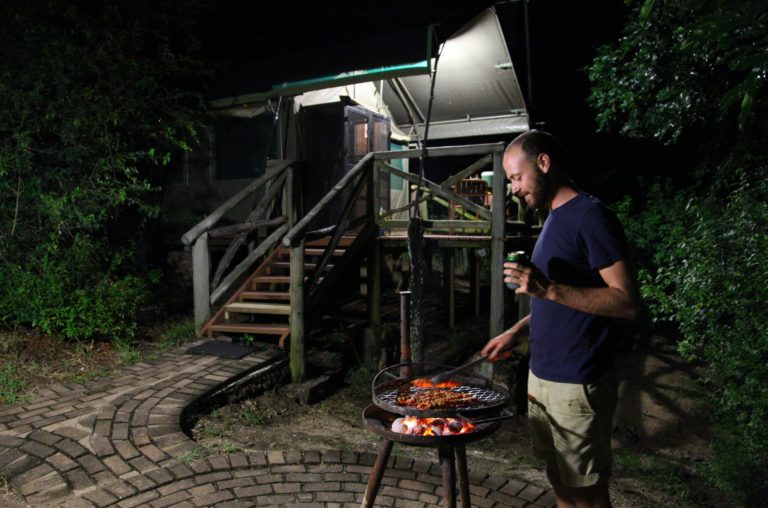
ALSO READ


